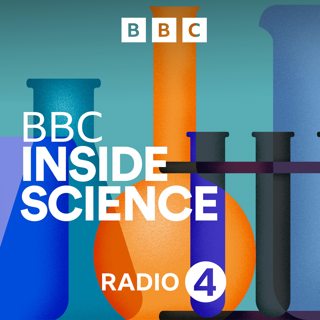
Aphid-repelling wheat, National Institute for Bioscience, Global map of smell, Parrot mimics
Om avsnittet
Rothamsted Research in Hertfordshire has just finished trials of a new way to repel aphids from wheat. It's a clever system, that takes a gene for a pheromone, called E beta farnesene, from peppermint, and inserts it into wheat. Aphids let off E Beta Farnesene when they are under attack or when a dead bug is detected, and idea was to have the wheat produce the chemical alarm itself. In the lab, the plants had driven aphids away in their droves. But in the field, where controlled lab conditions are not present, there was no measurable reduction. So what's gone wrong? Adam speaks to spoke to plant geneticist to Dr Gia Aradottir who worked on the Rothamsted trial and Professor Mike Bevan of the John Innes Institute.Top biologists have recently met to launch the National Institutes for Bioscience, the N.I.B, a star-studded partnership of eight great British biological Institutes, such as the Roslin- former home of Dolly the Sheep - and the world's longest running agricultural research station Rothamsted Research. George Freeman MP, Britain's first Minister for Life Sciences, provided a bit of glamour to mark the occasion. Tracey Logan was there to meet the key scientists and to ask the Minister about the ambition and role of the N.I.B.A team of scientists has just revealed how they've used genetics to scan the peoples of the world - and amazingly of extinct people from prehistory - to see who can smell what. They've used one particular olfactory receptor, called OR7D4, to build up a global map of what people can smell. Adam Rutherford speaks to Professor Matthew Cobb, from Manchester University to discuss how the different peoples of the world - including long extinct humans - smell different things. Why are parrots such good copycats? A team in Duke University in the US thinks that they have uncovered the exact spot in the brain that gives the parrot this ability. Professor Erich Jarvis studies the genes involved in the structure of bird-brains, and discusses some ideas about how those neurons have developed through a combination of behaviour and genetics.